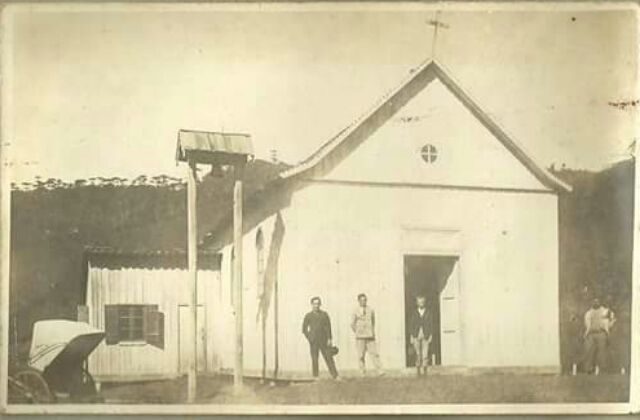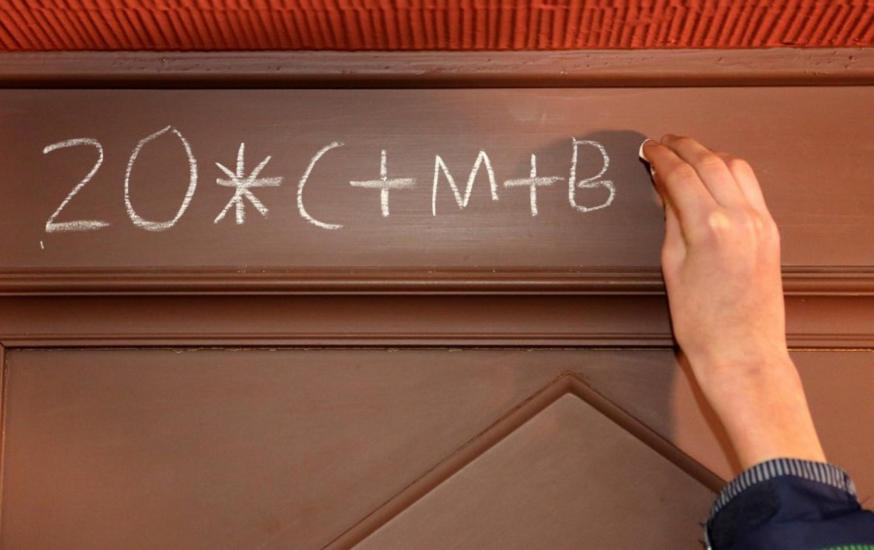When a municipality is officially constituted by political authorities, its people have already come a long way that has gone through great victories and great failures. So it was with Alfredo Wagner, the capital of Santa Catarina das Nascentes.
Alfredo Wagner was officially born on December 29, 1961. His history, however, began more than 90 years before this date. Officially with the Imperial Decree creating the Santa Thereza Military Colony in 1853, and unofficially, with all certainty, with the visit of Dom Pedro II to Santo Amaro da Imperatriz a few years earlier.
In general, we can say that The Capital of the Springs went through three distinct phases: Colônia Militar Santa Thereza (Catuíra), Barracão and Sombrio .
1st Phase- Santa Thereza Military Colony
With an imperial decree initialed by Dom Pedro II, a military colony was formed between the capital of the Province, Nossa Senhora do Desterro (today, Florianópolis) and the city on the Santa Catarina plateau, Nossa Senhora dos Prazeres das Lages (today only Lages). The tropeiro path had already been used by travelers and considerably shortened the journey time, but it was inhospitable, full of dangers and with possible attacks by indigenous people instigated by criminals. The Empire of Brazil gave orders for the Military Colony to be constituted in 1853 at the foot of Morro do Trombudo, but the location was moved the following year to where today the community of Catuíra is located. The Military Colony had a slow development in its beginnings, with marked difficulties arising from the location and difficulties in contact with the Metropolis. However, and historians seem to insist on forgetting this detail, the Colônia Militar Santa Thereza grew to have more than 500 families, with the production of grains, honey, brandy, cattle, which was sold in centers such as Desterro and Lages. The Empire took products from our Military Colony to international exhibitions, demonstrating the government’s interest in the development of the region.
The Colônia Militar Santa Thereza was frequent news in the newspapers of the time , more than Alfredo Wagner, nowadays … because it was located in a strategic point of the State and its progress would represent the progress of Santa Catarina.
The Military Colony was also the Mother of several municipalities in the Region : Bom Retiro, Imbuia, Ituporanga, Leoberto Leal. The colonized soldiers, after fulfilling their obligations and receiving their plots, either stayed in the Colony, or sold and left for new destinations.
The Imperial Government, through the Ministry of the Army, sent financial resources to pay the wages of soldiers-colonists and authorities, maintenance of roads, Health post and Church, because as it was a military colony, there was a chaplain to meet the spiritual needs of soldiers.
This stage lasted until the moment when the Republic decided to demilitarize the colonies and Santa Thereza, as it came to be called, was transferred to the jurisdiction of São José, for a short time, as the Municipality was completely divided. We then belonged to the municipality of Palhoça, when a search for new routes on the Estrada Lages / Florianópolis began to deviate from Santa Thereza. Colony residents still tried to maintain the route, looking for a new path that would keep the flow of travelers and troops through the colony, but the Republican government had already decided to end this stage.
2nd Phase: Barracão de Dentro and, some time later, Barracão de Fora .
This phase took about twenty years, more or less, started with the new route for Estrada Lages / Florianópolis and forced troops and freighters to change the path previously used. It culminated with the creation of the Bom Jesus Parish that preceded the creation of the Municipality of Alfredo Wagner by some years. Due to the layout of the road and the construction of the wooden bridge the Barracão from inside expanded to the Barracão from outside. As I mentioned in other articles, Barracão was a common name in the State of Santa Catarina. Searching in old newspapers we found many references, being Barracão de Lauro Muller the most cited, leaving our Barracão with only a few citations in the periodicals.
3rd Phase: Gloomy
Little is said about this phase in the history of the Municipality of Alfredo Wagner. Or rather … talk, but confusing Sombrio with Barracão. Why was this confusion made? Why focus on Barracão, when Sombrio made much more progress, including cinema, police station, registry office, etc.? A great alfredense, José de Campos, must be remembered at this moment. A citizen of great vision, he acquired land in Sombrio and donated part to the Municipal School, to the City Hall, and carried out a small subdivision, with his house in a well-chosen place and, rare for the time, built in bricks and not in wood as it was the custom. The Sombrio, being located at the foot of a steep hill, received the rays of the sun later than the Barracão (hence the name of the place) constantly flooded, the place was swampy and needed a lot of grounding so that it could be inhabited. All this was being done little by little and today, Sombrio, is the administrative, financial, political and social center of the City of Alfredo Wagner, the Capital of the Springs. The Colônia Militar Santa Thereza, today Catuíra, continued with its agricultural vocation and the Barracão de Dentro, where the Igreja Matriz Bom Jesus is located, grew again, housing many houses. The same is true of Barracão de fora, which after a period of stagnation, has developed again. Sombrio, now better known as Praça, has no more room for expansion, but it can expand, as it has done, in quality of constructions and improvements.



